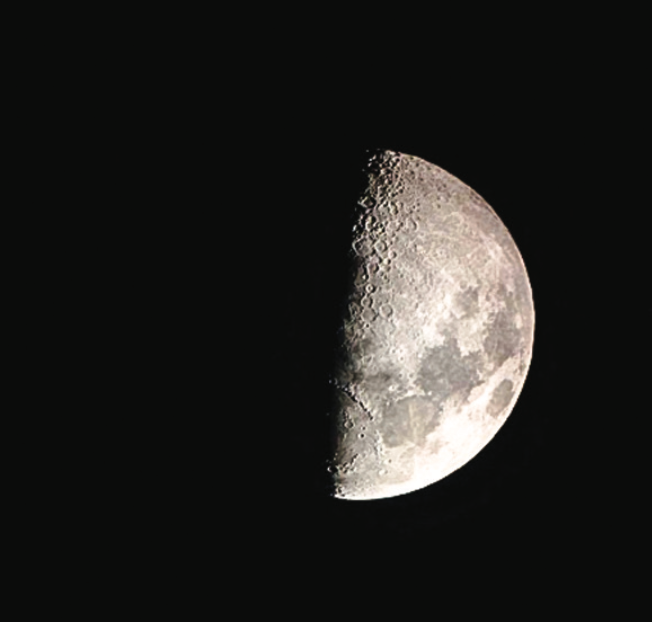Observatory now open to the public
Liberty University physics and math professors Dr. Scott Long and Mr. Randy Tomkins serve God in a different way than most. They teach astronomy — which involves science, math and theology.
Liberty’s astronomical observatory was built just two years ago and is a tool used with students where they can apply their learning and see the moon, stars, planets and galaxies.
It is located on Sunnymeade Road, near the back of the Equestrian Center grounds.
This year, the observatory is not only available to astronomy students but also to the general public.
Current Liberty students and staff can visit the observatory any time it is open. Others can make a reservation online at www.liberty.edu/observatory.
“It is a great opportunity to see the sky and to see the things in the sky in a very new way,” Long said.
“You will see galaxies. You’ll see nebulae. You’ll see planets up close, and you’ll encounter God’s creation in a very striking way. It really is eye-opening.”
Tomkins encouraged anyone to come and view the stars — even people who have no experience with astronomy.
Visitors do not need qualifications to participate, and student workers set up the equipment so anyone can enjoy the observatory.
A presentation about the solar system and the Earth is also available for visitors who would like to learn about them.
“You’ll see things you didn’t even know existed out there if you haven’t been in astronomy very much,” Tomkins said.
“It gives you a new perspective on the reality of what our Earth is living in and (a new) perspective of the solar system. You see a planet like Jupiter with its moons, and you realize these things are actually moving while you’re looking at them. It’s reality … not just a photograph on a page.”
Tomkins teaches a class on solar system and universe issues.
Long teaches a similar, but more integrated course with more rigorous problem solving, a term paper and required laboratory hours.
Tomkins said the observatory allows for more opportunities for the professors to connect with their students and with the astronomy club.
“We see more students and get to talk to them more,” Tomkins said.
“Especially with events like meteor showers or eclipses. We love to be up there together, and I see that as a big benefit to the class.”
Both teachers agreed that one of the favorite sights to see while star gazing from the observatory is the moon because people are not used to being able to look at it so closely.
“I love looking at the moon through the small telescopes,” Tomkins said.
“They’re razor-sharp in their imagery, and you can see all the shadowing.”
The facility includes six 8-inch Celestron telescopes and a 24-inch DFM Engineering telescope, which is the largest telescope in the region.
It is open Mondays from sunset until 11 p.m. and Fridays and Saturdays from sunset until midnight.
Long said the main thing he tells people before they go is to check the LU astronomical observatory Facebook page for weather updates, as their schedule is dependent on cloud conditions.
NULL is a feature reporter.
